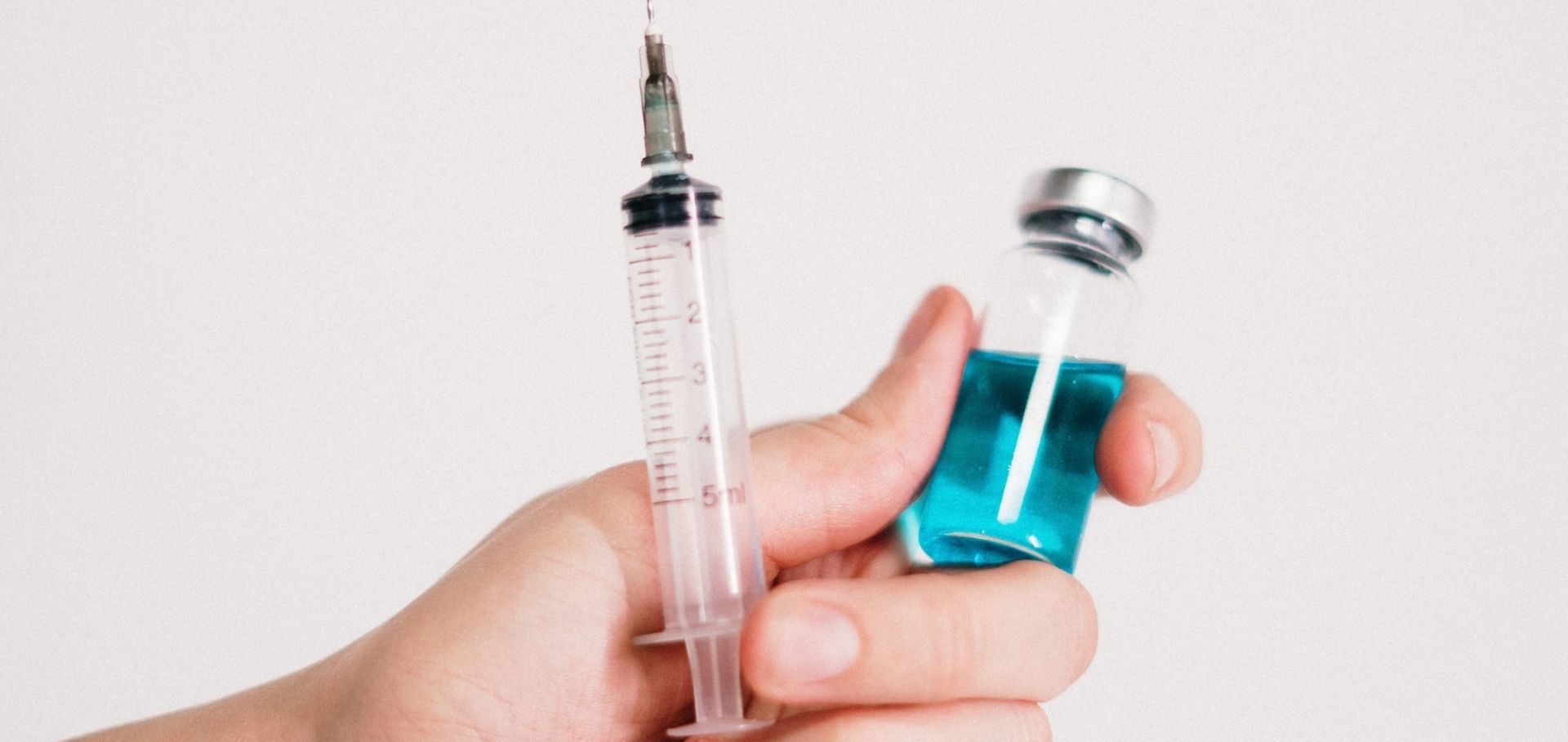Francesco Schettini · Navid Sobhani · Anna Ianza · Tiziana Triulzi · Alfredo Molteni · Maria Chiara Lazzari · Carla Strina · Manuela Milani · Silvia Paola Corona · Marianna Sirico · Ottavia Bernocchi · Fabiola Giudici · Maria Rosaria Cappelletti · Eva Ciruelos · Guy Jerusalem · Sherine Loi · Stephen B. Fox · Daniele Generali,
Immune system and angiogenesis‑related potential surrogate biomarkers of response to everolimus‑based treatment in hormone receptor‑positive breast cancer: an exploratory study,
Breast Cancer Research and Treatment, 2020
Abstract
Purpose
mTOR inhibitor everolimus is used for hormone receptor-positive (HR+)/HER2-negative metastatic breast cancer
(mBC). No reliable predictive biomarker of response is available. Following evidences from other solid tumors, we aimed
to assess the association between treatment-associated immune system features and everolimus activity.
Methods
We retrospectively explored a correlation with the therapeutic activity of everolimus and tumor-associated immune
pathways with ingenuity pathway analysis (IPA), neutrophil-to-lymphocyte ratio (NLR), circulating lymphocytes, and
endothelial cells (CECs) in 3 diferent HR+mBC studies, including the BALLET phase IIIb study.
Results
The circulating levels of CD3+/CD8+, CD3+/CD4+, and overall T lymphocytes were higher in responders versus
non-responders at baseline (p=0.017, p<0.001, p=0.034) and after treatment (p=0.01, p=0.003, p=0.023). Reduced
CECs, a tumor neoangiogenesis marker, were observed in responders after treatment (p<0.001). Patients with low NLR
(≤4.4) showed a better progression-free survival compared to patients with high NLR (>4.4) (p=0.01). IPA showed that
the majority of immunity-related genes were found upregulated in responders compared to non-responders before treatment,
but not after.
Conclusions
Lymphocytes subpopulations, CECs and NLR could be interesting biomarkers predictive of response to everolimus-based regimens, potentially useful in daily clinical practice to select/monitor everolimus-based treatment in mBC.
Further studies to confrm such hypotheses are warranted.

